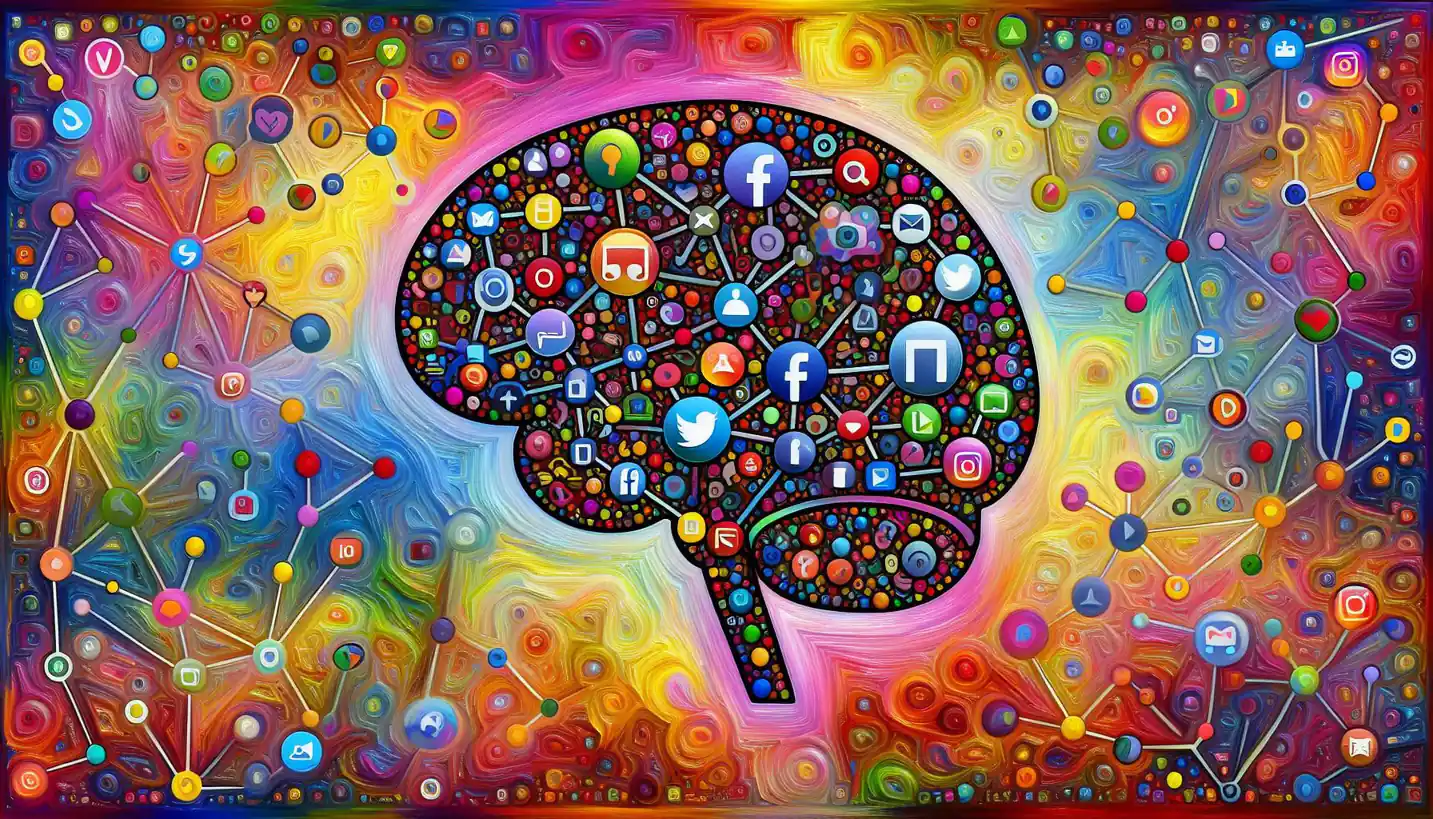· Sociology · 5 min read
Tracking: A Fascinating Journey in the Sociology of Education
Tracking follows student paths within educational missions. Discover how dividing students into groups impacts future opportunities.

When you think about school, you might remember being in classes with students at different levels of understanding. But did you ever wonder why some students seem to be on a different path or track? This is what we call “tracking” in the sociology of education, a method used to sort students into different educational paths based on their abilities, interests, or future career plans. It’s a concept that has sparked a lot of debate and interest, especially about how it impacts students’ futures and the overall educational landscape.
What is Tracking in Education?
Tracking is like a sorting hat in schools, but instead of magical wands, it’s based on test scores, teacher recommendations, or other criteria. Essentially, it divides students into different groups or “tracks.” For instance, one group might focus on advanced mathematics and science, while another might emphasize the humanities or vocational skills.
This system is designed to tailor education to individual student needs, ideally providing a more specialized learning experience. The idea is that if you’re really good at math, you should be in a class that challenges you more than a general math class would. Sounds reasonable, right?
The Upside of Tracking
One of the big positives of tracking is that it acknowledges students don’t all learn at the same pace or in the same way. By placing students in the right environment, they can thrive and develop skills that match their abilities.
For example, a student excelling in languages might flourish in an advanced literature class, expanding their analytical and writing skills. Similarly, a student with technical skills might benefit from a track focused on engineering and technology. In theory, this creates a win-win situation where educational resources are used efficiently, and students receive the tailored education they need.
The Downside: Unequal Opportunities?
However, tracking isn’t all sunshine and rainbows. Critics argue it can lead to unequal opportunities, reinforcing existing social inequalities. How so? Well, sometimes the criteria used to assign tracks can be biased—consciously or unconsciously—by race, socioeconomic status, or other factors.
There’s a risk that students might be pigeonholed too early without considering their potential to improve or interest areas they haven’t yet explored. Imagine being told at a young age that you’re only suited for basic classes and then never being given the chance to excel in something more challenging. It could seriously affect your motivation and self-esteem.
A Closer Look: Real-World Examples
Let’s dive into some real-world scenarios. In some countries, particularly in parts of Europe like Germany, tracking systems are well-established and involve separating students into different types of schools based on ability and career goals. While some students go on to academic-focused schools, others might enter vocational schools preparing them for specific trades.
In the United States, tracking may occur within the same school, with students divided into honors, regular, or remedial classes. Each system comes with its own set of challenges and benefits, making tracking a complex puzzle for educators and policymakers alike.
How Does Tracking Affect Society?
Understanding tracking in education is crucial because it’s tied to larger societal issues like equality and social mobility. Schools are often seen as great equalizers, places where anyone can climb the social ladder based on merit. But if the system inadvertently sorts by social class or race, it might maintain rather than bridge gaps.
Consider, for example, the lifelong impact on income, job opportunities, and personal development. Early educational tracking might influence not just what students learn, but how they see themselves and their place in the world. It’s a bit like planting a tree—where you plant it and how you care for it will significantly influence its growth.
Does Tracking Make Sense for the Future?
As we look towards the future, one has to wonder: Is tracking still the best approach? In a rapidly changing world, where skills like critical thinking and creativity are becoming more important, some argue that a more flexible or mixed approach might be better.
Some innovative schools are trying mixed-ability teaching, where students of varying skills tackle the same curriculum but receive differentiated support. This approach is gaining traction as a way to encourage peer learning and maintain high expectations for all.
The Role of Technology in Tracking
With advances in technology, personalized learning is more feasible now than ever. Digital platforms can provide customized learning experiences that adapt in real-time to a student’s progress. This could minimize some of the negative aspects of tracking by catering learning to individual needs without permanently labeling students.
In future classrooms, technology might help maintain the balance between recognizing individual differences and promoting equity.
Curious About Your Role?
It’s worth pondering your own experiences or those of people you know. Have you been part of a tracked system? How did it affect your learning journey? Reflecting on these questions can offer insights into how education has shaped you—or how it might shape future generations.
Conclusion: A Complex Journey
Tracking in education is a compelling topic in the sociology of education. It touches on essential themes of fairness, equality, and personalized learning. While it has its advantages, like catering to individual abilities, it also poses significant challenges by potentially reinforcing societal inequalities.
Understanding tracking is not just about taking a side; it’s about considering how best to use education to foster growth for all students. As we continue to study and refine educational methods, the lessons learned from tracking will undoubtedly play a crucial role in shaping future educational policies. Whether through technology or innovative teaching methods, the goal remains clear: to provide every student with the opportunity to reach their full potential, regardless of their starting point.

